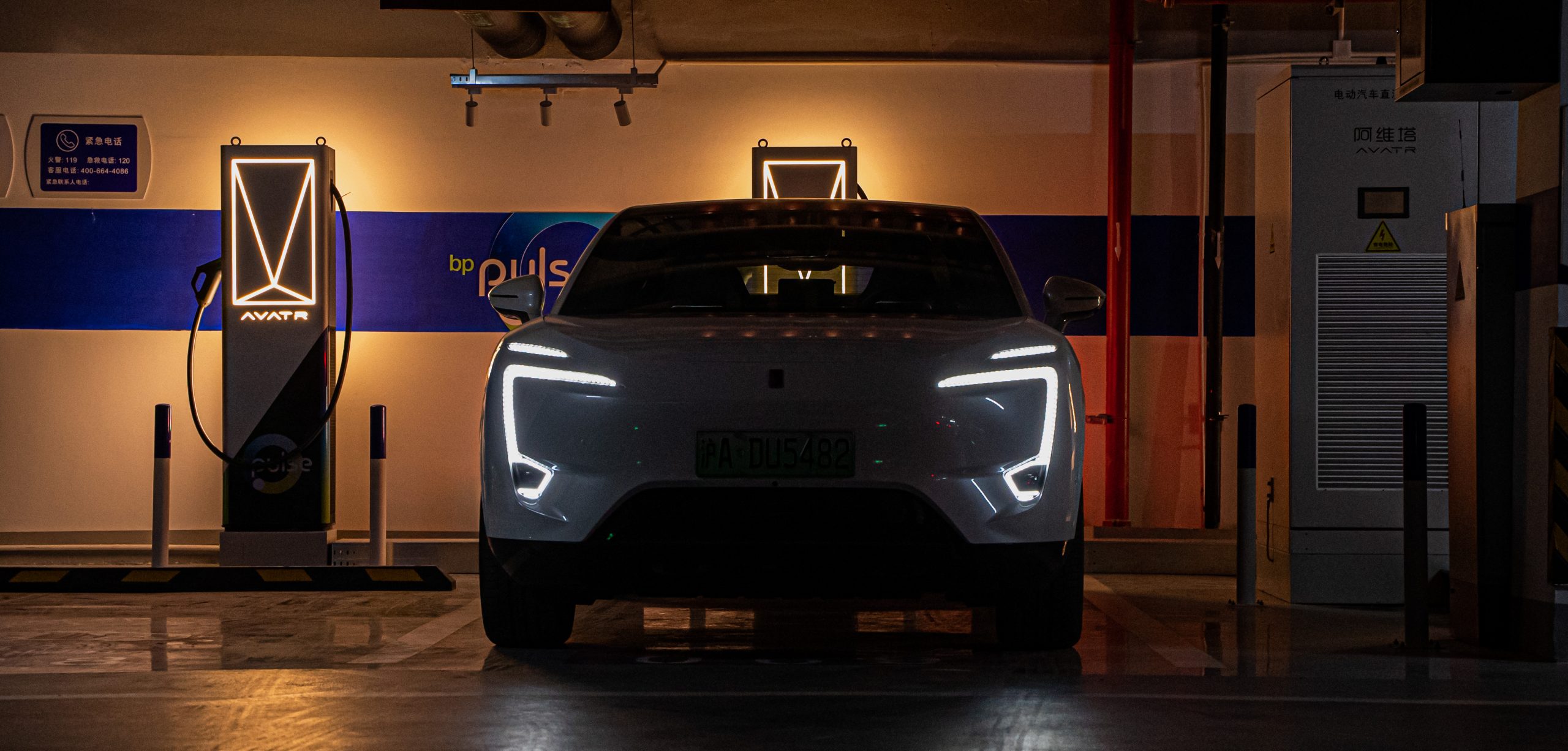Last weekend, a netizen encountered Avita’s high-pressure fast charging station in an underground garage. Luckily, we happened to have a 90-degree long-range dual-motor luxury version of the Avita 11 on hand. Let’s take a look at how this car can experience charging at Avita’s own station.
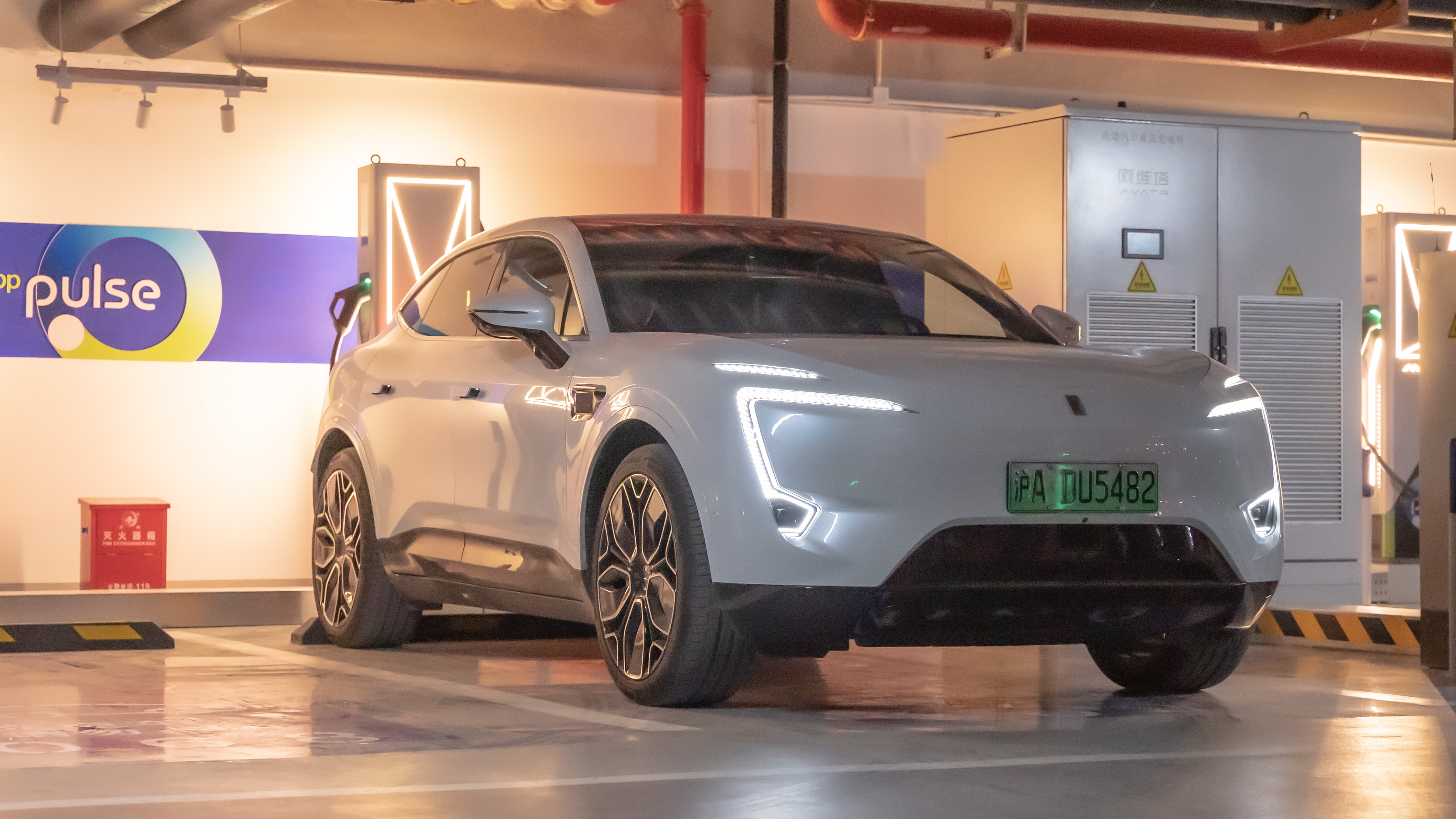
Charging Speed Test, How Powerful is 750V?
Without further ado, let’s take a look at the actual charging data:

With a charging environment temperature of 22.5 °C, 4% initial battery level, and 22 km of displayed range, the Avita 11 at a 90-degree angle reached a voltage of 610V and the current quickly climbed to 358A after being plugged into the charging gun at Avita’s high-pressure charging station without any other vehicle’s split. The initial charging power was close to 220 kW.
When charging up to 13%, the charging power reached a maximum peak of 228 kW. However, after reaching 20%, the charging power did not surpass 200 kW again. In the end, the total time from 5% to 95% battery SoC was 41 minutes.
Just looking at these data, everyone may not have a clear understanding. Therefore, I also compared the charging data of the representative of high-current fast charging, Tesla Model 3, and the 800V platform XPeng G9.
The model and charging pile information of the three cars are as follows:
Model 1: Avita 11 Dual Motor Long Range Luxury Version;
Battery capacity: 90 kW;
Test charging pile: Avita high-pressure fast charging pile;
Peak charging pile power: 240 kW;
Model 2: Tesla Model 3 Long Range Rear-Wheel Drive (2019);
Battery capacity: 81 kWh;
Test charging pile: Tesla V3 Supercharger;
Peak charging pile power: 250 kW;
Model 3: XPeng G9 650 Max;
Battery capacity: 98 kWh;
Test charging pile: XPeng S2 Supercharger;
Peak charging pile power: 180 kW;
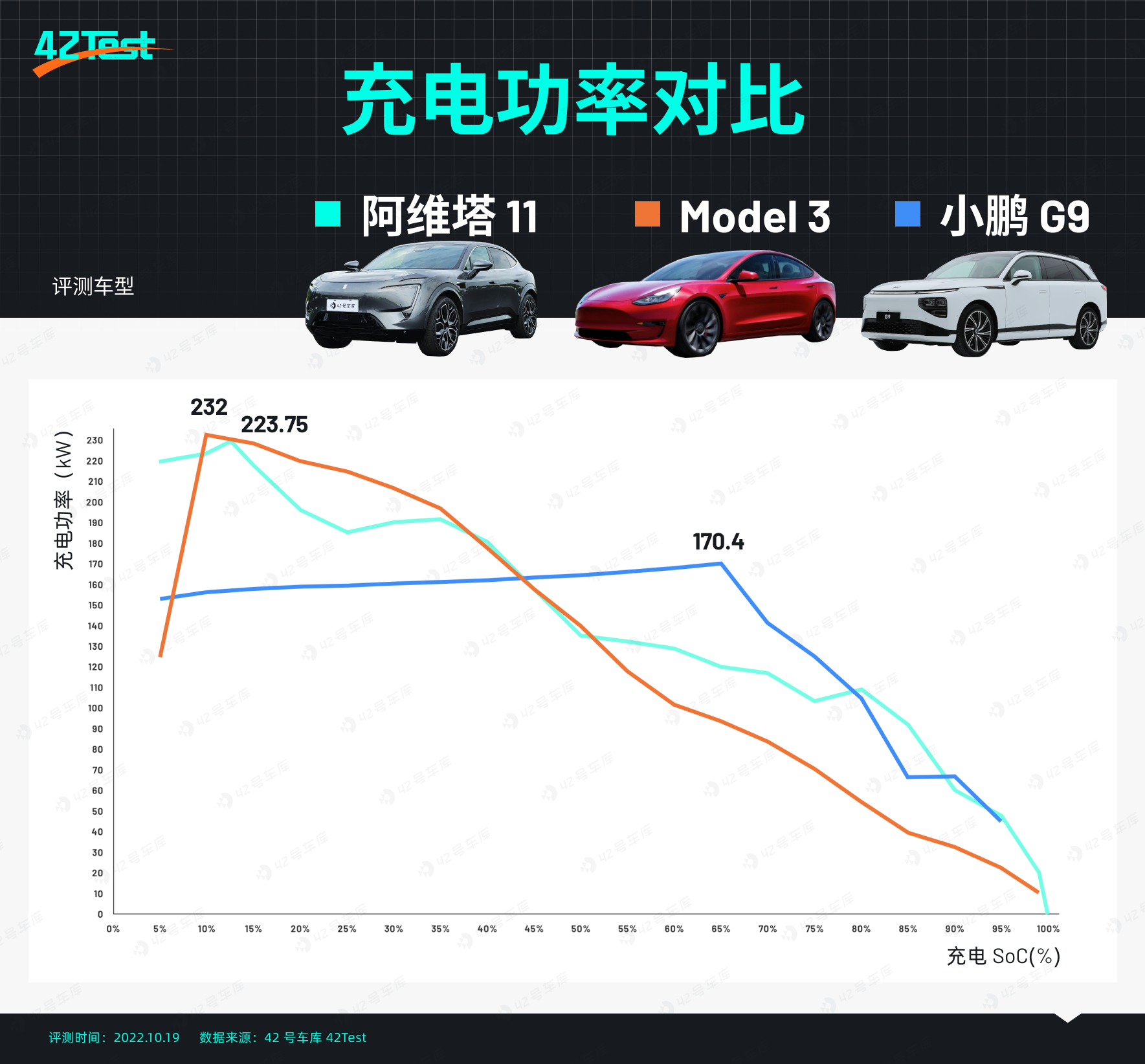 From the line chart of the charging power of the three cars, it can be seen that both the AVITA 11 and the Model 3 reached their maximum peak power before the battery level dropped to 20%, followed by a decline in charging power. However, the rate of attenuation of the AVITA 11 is slower than that of the Model 3.
From the line chart of the charging power of the three cars, it can be seen that both the AVITA 11 and the Model 3 reached their maximum peak power before the battery level dropped to 20%, followed by a decline in charging power. However, the rate of attenuation of the AVITA 11 is slower than that of the Model 3.
On the 180 kW charging pile, the XPeng G9 can maintain a power output of 150-170 kW for the first 65% of the battery, and then the power output starts to decrease until it reaches 70%.
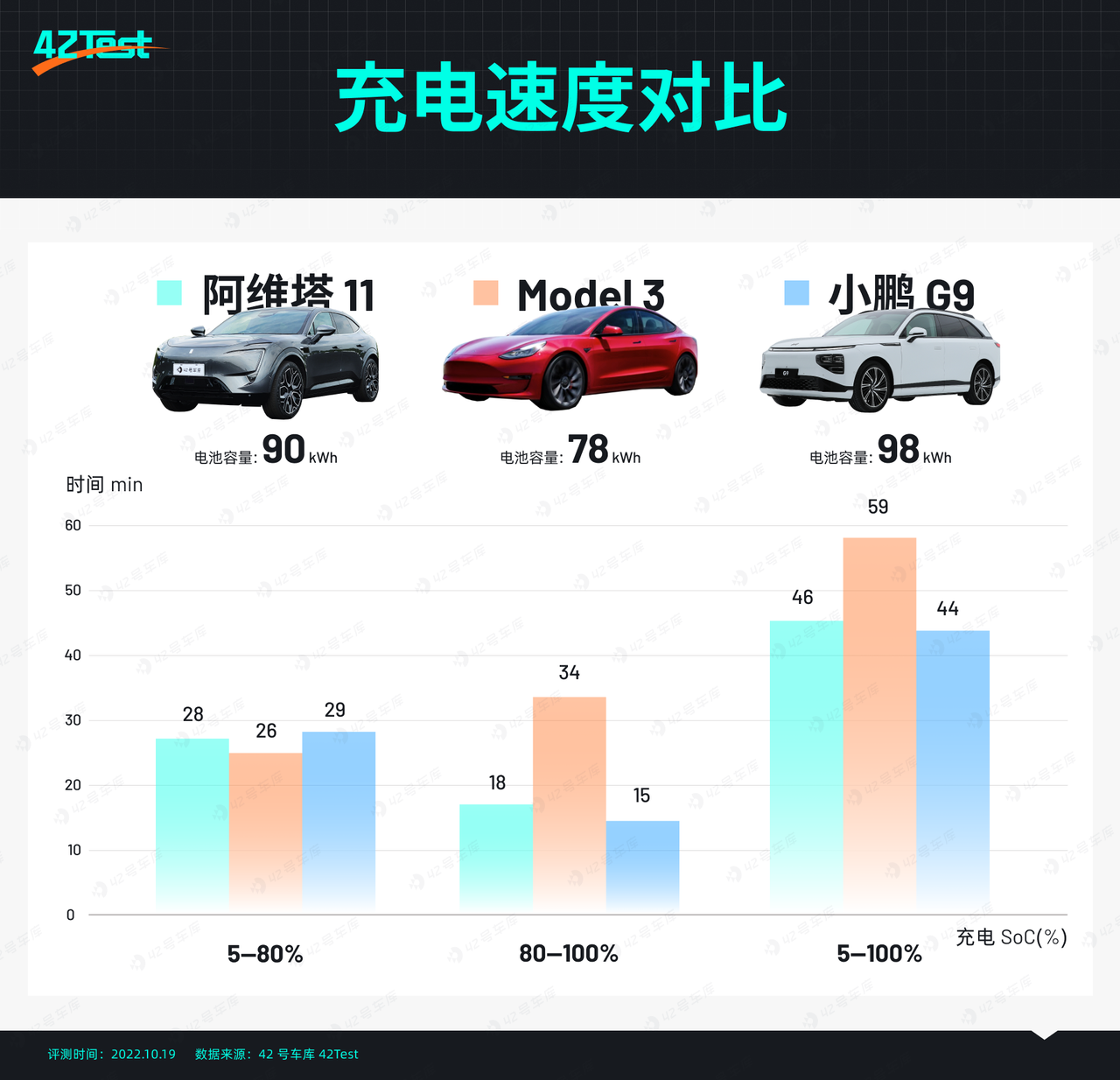
In terms of charging time, the three cars have similar charging time from 5% to 80% of the battery level. However, during the 80%-95% charging stage, the Model 3 charging power reduces significantly, resulting in a longer charging time compared to the other two cars.
Due to the end of the charging pile limit, the XPeng G9 cannot charge beyond 95%, and the last 5% charging time cannot be tested. Therefore, the charging time of the XPeng G9 is slightly faster than the AVITA 11 in the 80%-100% and 5%-100% time period. However, the AVITA 11 has a faster charging time of 41 minutes from 5% to 95% compared to the XPeng G9.
Overall, the charging experience of the AVITA 11 in self-operated high-voltage fast charging stations is undoubtedly the best among the three cars.
Not only fast charging but also intelligent charging
The tested site has a total of four charging stations, and a rectifier cabinet can be connected to four guns. The maximum supply power of the entire site is 480 kW, and the maximum power of a single gun is 240 kW, consistent with the official promotion.
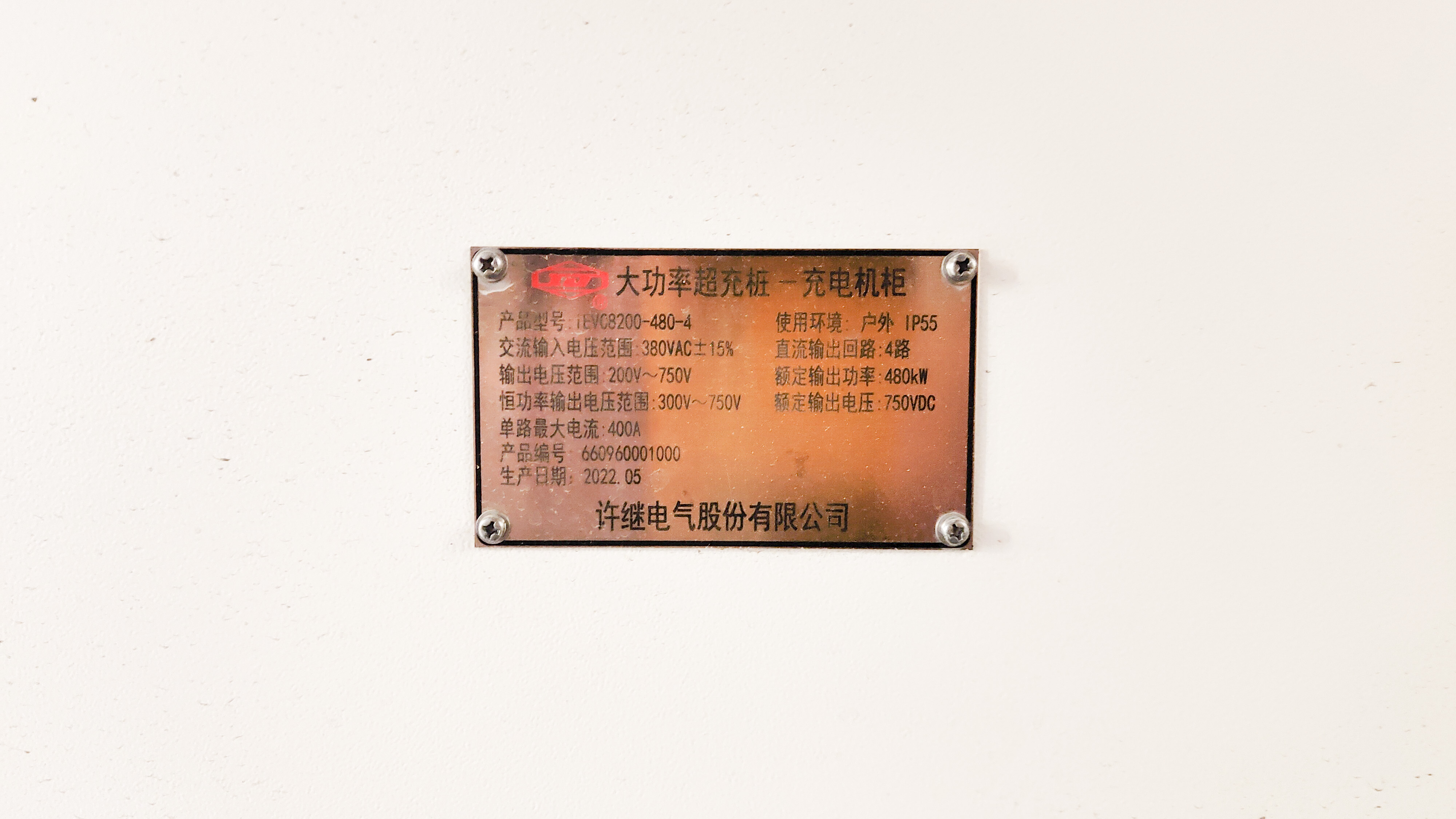
In case four cars are charging simultaneously, the power is shared, but each charging gun can still obtain at least 120 kW of power, guaranteeing the basic charging experience.
At the same time, the official announcement stated that the total power of 480 kW is shared by four charging piles, unlike many charging piles that share power by groups of two. This means that no matter which parking spot the vehicle is in, the system can dynamically distribute the power according to the different charging status of the vehicles.
For example, if three cars are charging simultaneously, two of the cars are in the fast charging stage, and one car is approaching the end of the charging, the power allocated to the three cars could be 220 kW, 220 kW, and 40 kW, achieving intelligent power allocation.Avita’s charging station features a complete rectangular design with a large luminous Avita logo added to the top, allowing for high visibility and a pleasing aesthetic when seen in an underground garage.
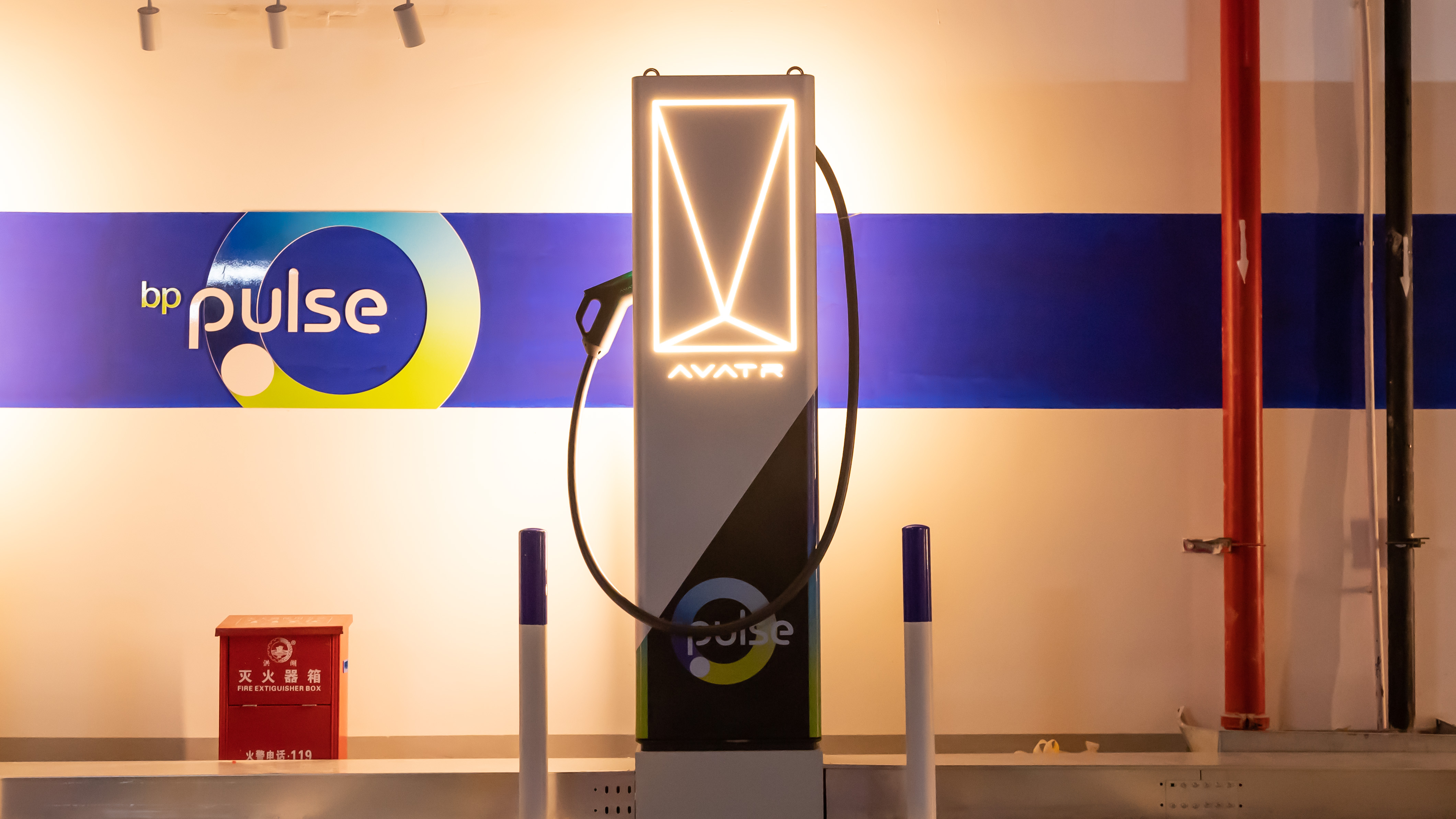
The charging gun employs liquid cooling technology similar to that used in the Tesla V3 and XPeng S4. This not only effectively reduces the heat generated by charging, but also makes the charging cable thinner and lighter, making it more user-friendly for female car owners with less strength.

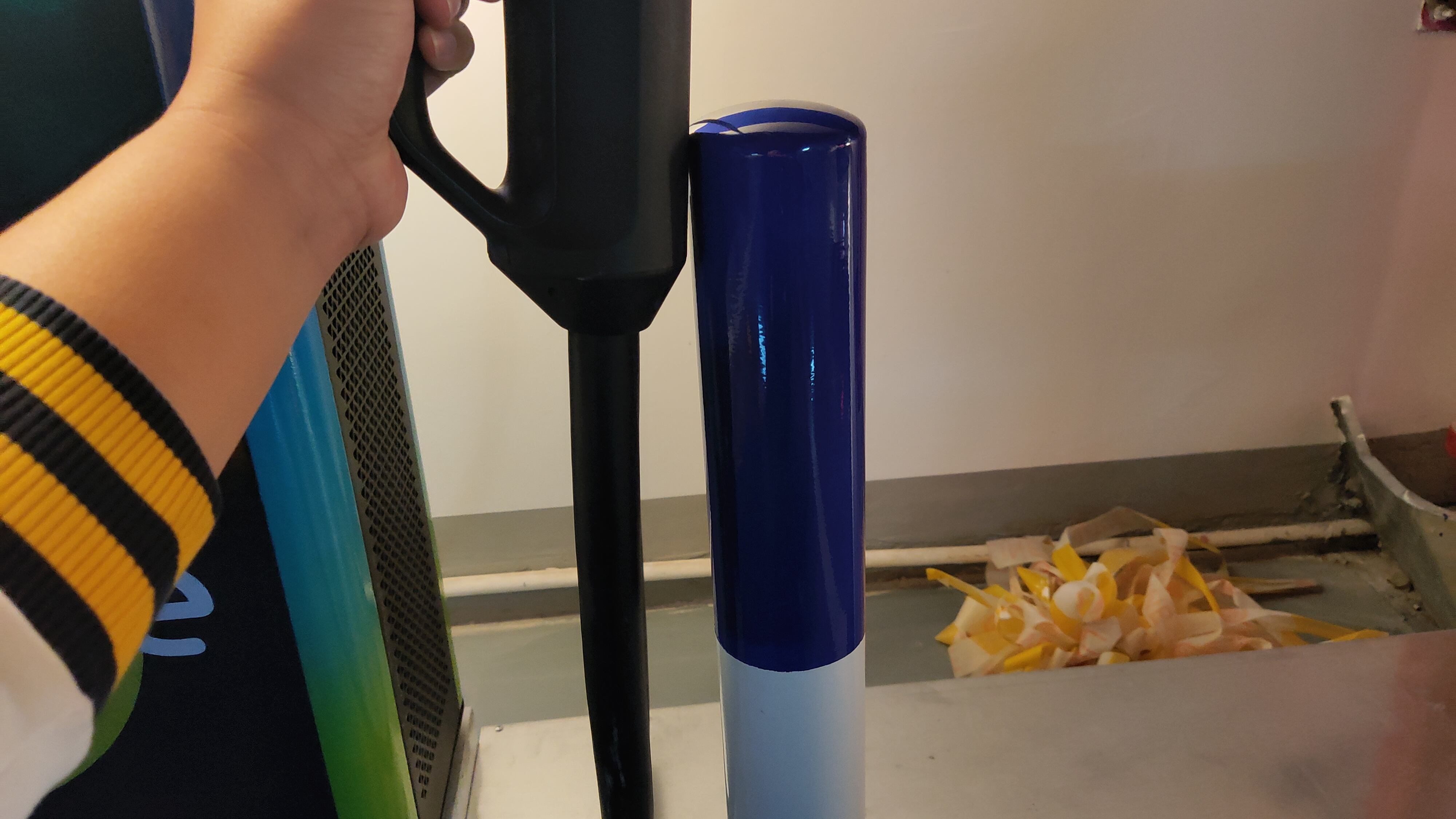
However, I noticed a few minor shortcomings during the charging process. Firstly, the charging cable at this station is relatively short, requiring the car to be parked more precisely in order to charge smoothly. After consulting with Avita officials, they stated that longer charging cables will be used at other stations in the future.
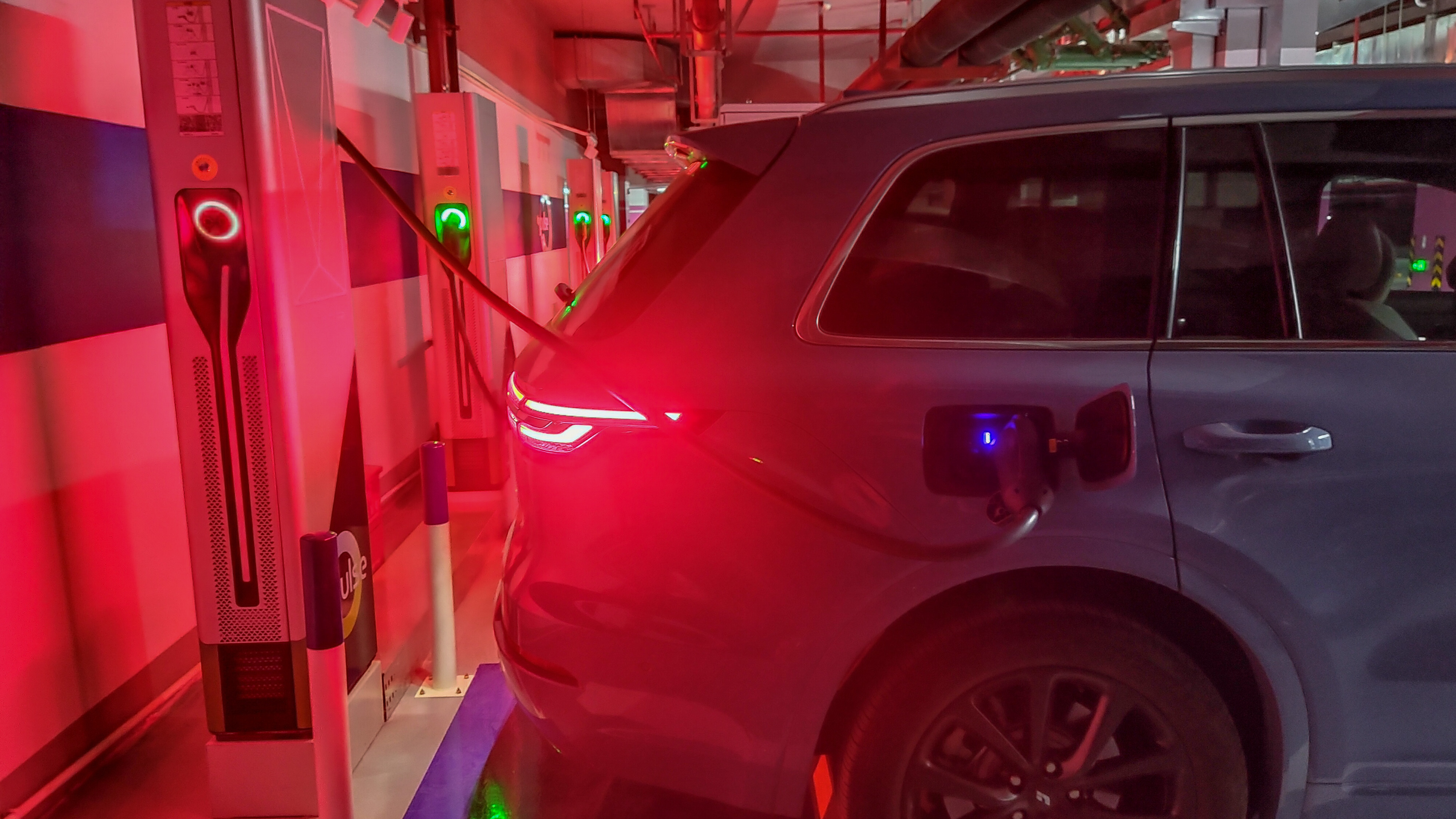
Secondly, the vehicles currently do not support plug-and-charge. Like third-party stations, charging requires the gun to be plugged in and then scan the code to begin charging. However, Avita officials confirmed that the charging station itself does support plug-and-charge and that the feature will be enabled by OTA upgrade in the future.

Another drawback is that Avita’s supercharging stations are not currently equipped with ground locks, meaning there is a risk of them being occupied by fuel vehicles. The officials have stated that they will equip parking spaces with ground locks in the future to prevent such situations from happening.
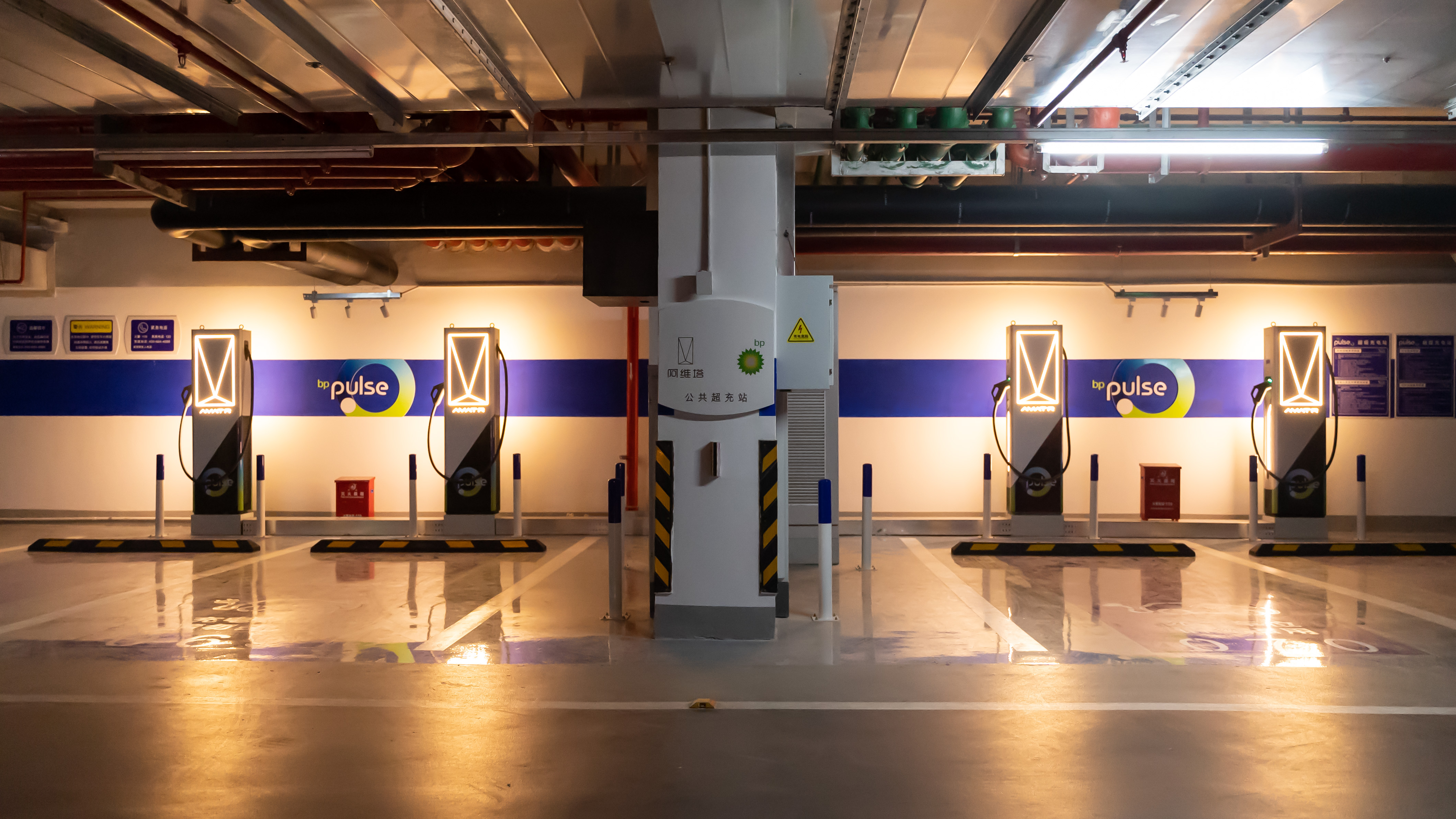
Does the High Voltage Platform Only Make Sense in Owned Chargers? Far from It!No matter the AIWAYS U11 or Xpeng G9, there are always doubts about whether the high-voltage platform fast charging is just a gimmick. Is it true that the advertised power can only be achieved for a short time at the self-operated charging station, and the charging speed is the same as that of ordinary charging stations and other cars? This is not the case.
Currently, high-quality third-party charging stations support a maximum voltage of 800-1,000 V and a current of 250 A. If it is a 400 V platform vehicle, theoretically, the peak power can only reach around 100 kW.
However, the AIWAYS U11, which is equipped with a 750 V architecture, can easily achieve full power at a conventional 120 kW charging station due to the higher voltage obtained during charging. It can also obtain higher charging power on an 180 kW charging station.
In other words, even with third-party charging stations, high-voltage platform vehicles can still achieve faster charging speeds.
AIWAYS has signed a long-term strategic cooperation agreement with BP and will build more than 100 high-voltage fast-charging stations across 19 cities nationwide by the end of 2023. AIWAYS and BP will jointly operate and maintain all charging stations.
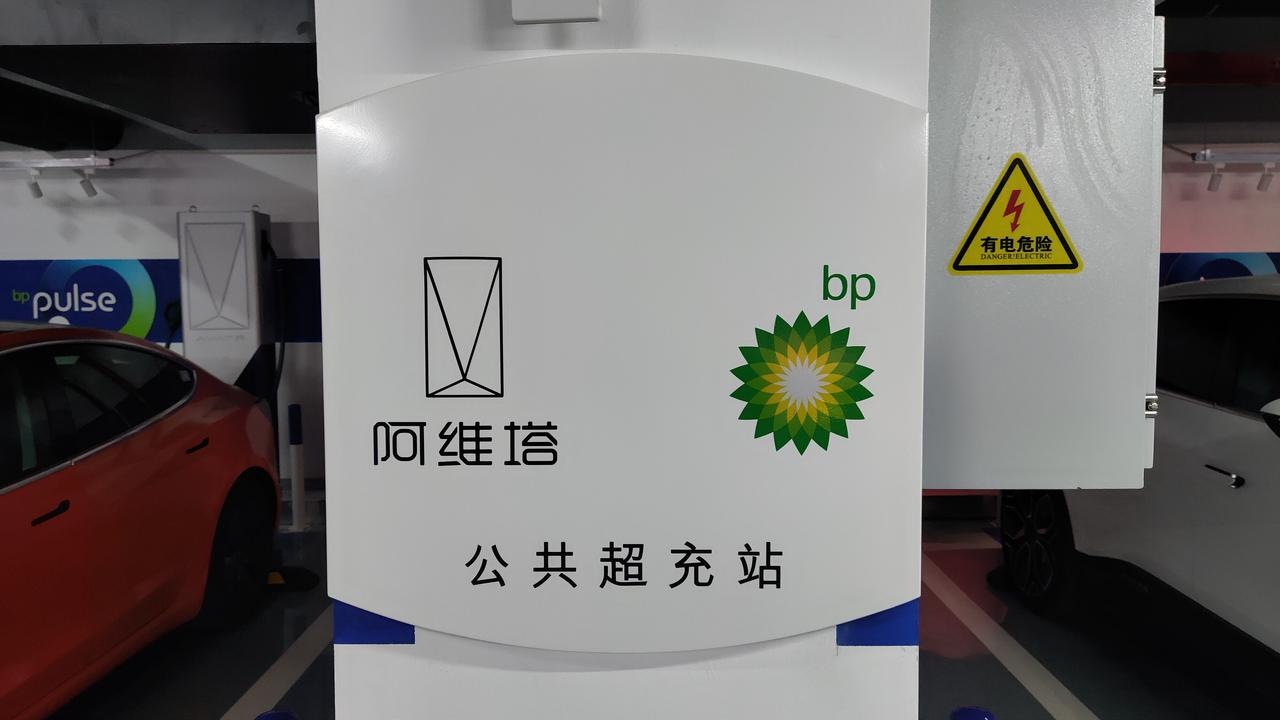
In addition, we have learned that AIWAYS will also open these charging stations to other non-AIWAYS-brand models.
At the same time, AIWAYS will also access nearly 200,000 public charging stations, including mainstream operators such as the State Grid, Southern Grid, TELD, and Star Charge, covering urban commercial districts and travel scenarios along highways.
Conclusion
After testing the charging data, we chatted with AIWAYS officials. They said that the peak power of AIWAYS U11 can actually reach 240 kW, but the car-side device only collects charging data at intervals, so we did not record this value of 240 kW.
From the entire charging process, although AIWAYS U11 did not maintain a power of over 200 kW for too long, compared with the charging power of Tesla Model 3 at V3 supercharging stations, it has maintained a high-power charging interval for a long time.
Regardless of the charging time from 5% to 80%, 80% to 95%, or 5% to 100%, the charging efficiency of AIWAYS U11 at its self-operated high-voltage fast-charging station is in the first tier among mass-produced electric vehicles.
With the arrival of Tesla V3, Xpeng S4 Supercharger, and AIWAYS high-voltage fast chargers, electric vehicle manufacturers will undoubtedly begin a charging power arms race.
Faster charging means that range anxiety will become less of an issue, and more people will be willing to drive pure electric vehicles to farther destinations.The era of “charging is more convenient than refueling” might arrive earlier than expected.
This article is a translation by ChatGPT of a Chinese report from 42HOW. If you have any questions about it, please email bd@42how.com.
